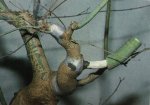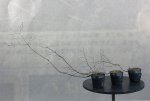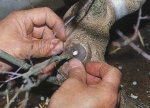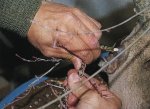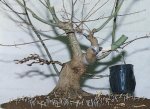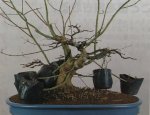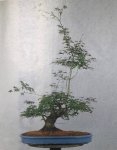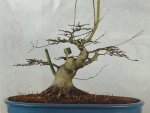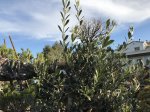Lars Grimm
Chumono
Interesting how he intentionally crossed roots near the trunk on the lower left. Artistic vision or simply moving roots where they are needed knowing the crossed part will eventually be engulfed and disappear?View attachment 129899
And this shot shows the advantage of the really flat roots well. Roots a long ways away from the trunk can be exposed when they're thick enough. Couldn't do that if they keep descending even if they are looking good.View attachment 129900
I noticed the crossing as well. I wonder if that creates some subtle undulations which give a more natural look.




